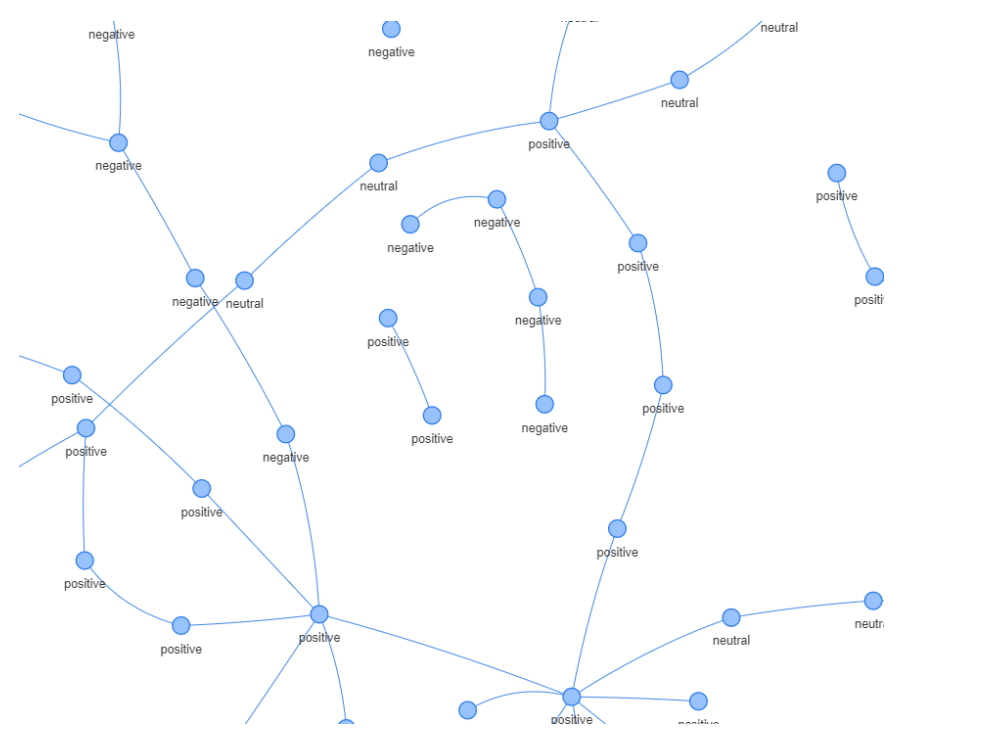In this project our main aim is to develop an efficient approach for analysing depressive tweets using various Machine Learning Algorithms like vector space model, tf-idf, naive Bayes etc.
- Data Collection
- Data Cleaning
- Data Pre-processing
- Training Dataset Formation
- Model Building
- Prediction on testing dataset
Vectorization our data set using TF-IDF Machine learning algorithms often use numerical data, so when dealing with textual data or any natural language processing (NLP) task, a sub-field of ML/AI dealing with text, that data first needs to be converted to a vector of numerical data by a process known as vectorization. TF-IDF vectorization involves calculating the TF-IDF score for every word in your corpus relative to that document and then putting that information into a vector (see image below using example documents “A” and “B”). Thus each document in your corpus would have its own vector, and the vector would have a TF-IDF score for every single word in the entire collection of documents. Once you have these vectors you can apply them to various use cases such as seeing if two documents are similar by comparing their TF-IDF vector using cosine similarity.
A random forest classifier. A random forest is a meta estimator that fits a number of decision tree classifiers on various sub-samples of the dataset and uses averaging to improve the predictive accuracy and control over-fitting. Naive Bayes Model In statistics, naive Bayes classifiers are a family of simple "probabilistic classifiers" based on applying Bayes' theorem with strong (naive) independence assumptions between the features . They are among the simplest Bayesian network models, but coupled with kernel density estimation, they can achieve high accuracy levels. Naive Bayes classifiers are highly scalable, requiring a number of parameters linear in the number of variables (features/predictors) in a learning problem. Maximum-likelihood training can be done by evaluating a closed-form expression, which takes linear time, rather than by expensive iterative approximation as used for many other types of classifiers.
An approach to semi-supervised learning is proposed that is based on a Gaussian random field model. Labelled and unlabeled data are represented as vertices in a weighted graph, with edge weights encoding the similarity between instances. A new approach to semi-supervised learning that is based on a random field model defined on a weighted graph over the unlabeled and labelled data, where the weights are given in terms of a similarity function between instances.

